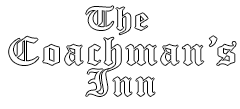Our Wine List
White Wine
Rosé & Sparkling Wine
Red Wine
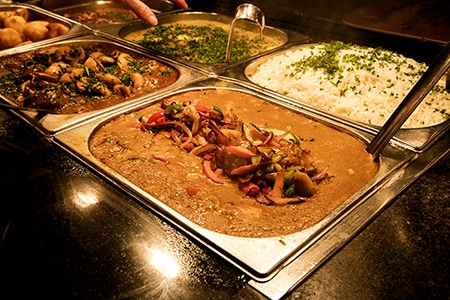
Carvery ~ 12 to 8pm
Daily Specials ~ 12 to 3.15pm
![]()
Carvery Prices
Full Portion ... €14.95 - €15.95
Half Portion ... from €10.90
Kids Portion ... €7.95
Full Range of Fresh Desserts
Tea and Coffee
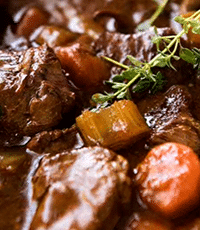
Restaurant Specials
Restaurant Hours ~ Wednesday to Friday 5 - 9.30pm | Saturday 4 - 10pm | Sunday 12 - 9pm
Wednesday
Special tbc
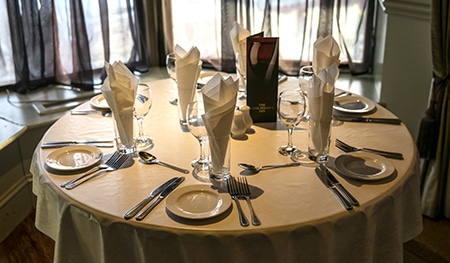
Restaurant Specials
Restaurant Hours ~ Wednesday to Friday 5 - 9.30pm | Saturday 4 - 10pm | Sunday 12 - 9pm
Wednesday
Special tbc


Carvery ~ 12 to 8pm
Daily Specials ~ 12 to 3.15pm
![]()
Carvery Prices
Full Portion ... €14.95 - €15.95
Half Portion ... from €10.90
Kids Portion ... €7.95
Full Range of Fresh Desserts
Tea and Coffee
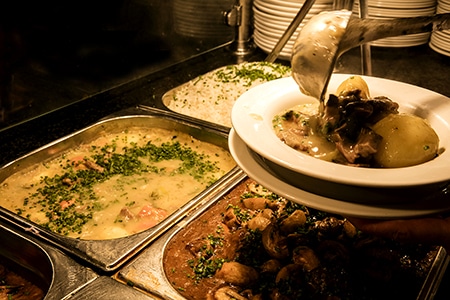
Restaurant Specials
Restaurant Hours ~ Monday to Friday 5 – 9.30pm | Saturday 4 – 10pm | Sunday 12 – 9pm
Sunday 15th March
Crispy Prawn & Salmon Parcel … €14.95

History of The Coachman’s Inn
01 840 1227
01 840 1827
01 840 1256
bookingcoachman@gmail
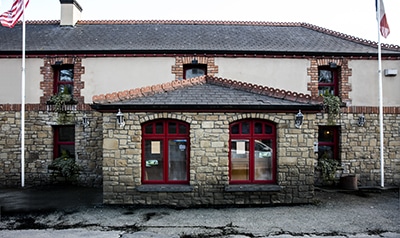
Introduction
Contemporary visitors en route to the rapidly expanding satellite town of Swords might perceive that the Coachman’s Inn came into existence because of its proximity to Dublin Airport. Nothing could be further from the truth. This old oasis of cultural heritage has been offering sustenance and shelter to weary pilgrims of travel since 1776, some 164 years before the first commercial aircraft left Collinstown Airport. Possessing a fascinating history since its birth as a coaching inn, the narrative of this pub is in many respects a microcosm of how Irish social, economic and cultural life has evolved over the past 250 years.
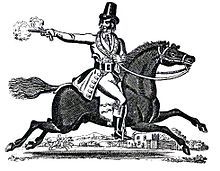
How It Began ~ First Licence 1776
From Celtic Ireland through to the medieval age this hinterland of North County Dublin was intensely wooded. The underlying soil was then predominantly stony as is indicated by the Gaelic translation of the placename Cloghran, ‘The Stony Place’. Coach travel was considered particularly hazardous as travellers and pilgrims of commerce were constantly at the mercy of local highwaymen. Such was the reputation of this area that not responsible coach driver would travel these roads after dark. Under the authority of austere landlord Samuel Foster, whose family held ownership since the Rebellion of 1641, tenants were placed on the lands and dense woods began to evolve into green fields.
Gradually better roads came into being, the construction of which was paid for by tolls collected as strategically place turnpike gates. Coaching Inns were then the essential lifeblood of travellers as they provided accommodation, food and drink, rest and toilet facilities. The scourge of highwaymen remained ever present, especially in this area, a factor that induced a reluctant Samuel Foster in consenting to grant leasehold provision for a Coaching Inn on part of his estate.
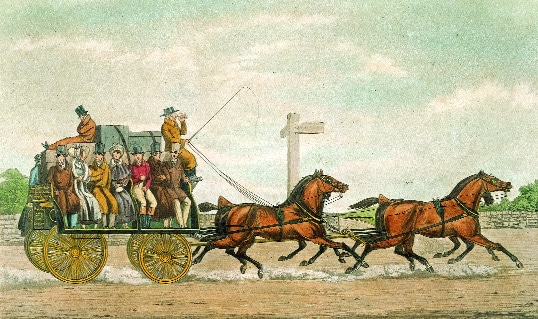
The Sign Of The Turnpike
And so in 1776 the narrative of today’s Coachman’s Inn began when the Sign of the Turnpike commenced trading on this site. Named after the adjacent turnpike gate at which tolls were collected, this coaching inn was a welcome sight to travellers: weary, sore, stiff and hungry from miles of arduous coach travel. The original inn, a thatched roof makeshift edifice constructed of clay, straw and wood, housed coach travellers overnight providing food, warmth and potent ales and wines. There was a large livery yard to the rear where horses were fed, rested and exchanged. Common to other coaching inns, the innkeepers would have kept many farm animals: pigs, hens, ducks, geese and cattle, which were then slaughtered for consumption at the inn.
The Turnpike Inn
The Foster family, who were absentee landlords, were hard-nosed business people who exacted savage rent demands on their tenants. Many were force off the land and those remained toiled endlessly. Gradually woodland and stony soil was transformed into rich pastureland. Faster roads and more comfort conscious coaches emerged in the decades ahead as the local population grew and the threat of highwaymen diminished. The name of the premises had by now adapted to the Turnpike Inn but the core business remained unchanged in offering overnight accommodation, respite and sustenance to travellers and merchants.
The Coachman’s Inn
Airport Road,
Cloghran,
Co. Dublin.
Ireland.
01 840 1227
01 840 1827
01 840 1256
bookingcoachman@gmail
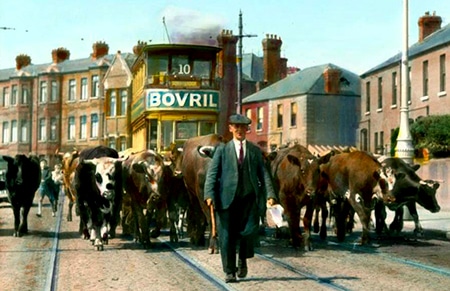
Hoey Family Secure Freehold
By the 1840’s the local population had grown demonstrably. The Hoey family were now running this shrine of antiquity and accommodation local agricultural related business in compensation for the ongoing decline in coach travel. In March 1874 publican Joseph Hoey bought out the freehold on the old inn for £250 and immediately demolished the building. In its place he constructed a fit-for-purpose premises with stabling, bottling yard and outhouses at the back.
In the late 1880’s the long tenure of the Hoey family came to an end when they sold out to a family bearing the auspicious name of Haughey, no relation of the later Kinsealy residents. By this time the woodlands around Cloghran and Collinstown had been transformed into rich pasturelands and a showcase of market gardens. This facilitated the Haughey family to acquire a 4am opening licence to facilitate drovers and market gardeners en route to the Dublin markets. The pub was at this time allowed to remain open all night on Wednesdays to accommodate the cattle dealers who were bound for the Stoneybatter Cattle Market.
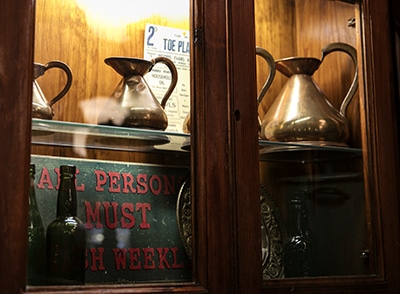
The 20th Century
Patrick J. Ratcliffe was pulling the pints here at the dawn of the 20th century ably assisted by his wife Margaret, who reared their three children on the premises. Margaret was additionally looking after the accommodation business, which was now considerably smaller than in the coach travel days. The house also ran a village forge that was situated to the rear of the pub. The business conducted on a daily basis was that of a Victorian style pub/grocery. Pubs were at this time renowned for the quality of their tea, which they stored in large mahogany and lead lined bins. In this manner the quality and flavour of the tea was preserved for a longer period of time. This was in sharp contrast to the poor storage facilities offered by competing provisions stores who used plywood bins. Tea, which was then transported in tea clippers from India, Ceylon and China, was a far more expensive and popular than coffee.
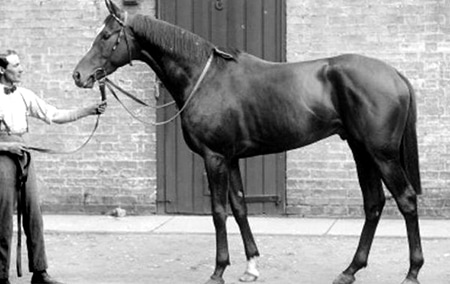
The Blandford Arms
The name of this hostelry changed to The Blandford Arms in 1931 in honour of the world famous sire Blandford, who stood as a stallion at the very local Cloghran Stud. Blandford proved himself as one of the most outstanding classic sires of the 20th century, siring four Epsom Derby winners in addition to countless classic and stakes winners. He was at this time attracting the cream of Britain’s broodmares as the epicentre of the world’s flat racing kingdom lay in England. This brought a wave of industry to the Blandford Arms as lords, toffs, stable hands and the entire horsey world drank his health. During these years the Blandford Arms once again took up the realm of offering overnight accommodation to meet the demands of business at Cloghran Stud. The house also developed a restaurant business that proved extremely popular with the equine industry. The Blandford Arms became a most popular overnight venue for British visitors in particular who came to visit Cloghran Stud. The proprietors added chalets at the rear of the rear of the pub to meet this demand. Business waned for a little time in the mid-thirties as De Valera’s refusal to pay land annuities to Britain resulted in a tit-for-tat economic war. Britain severely taxed Irish agricultural exports in retaliation and De Valera’s government placed a 40% levy on breeders seeking the services of Blandford and other equine assets. But by the end of the 1930’s all was well again and both Blandford the stallion and the Blandford Arms were accommodating public demand.
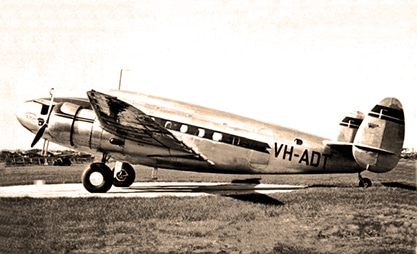
The Cloghran Inn & Collinstown Airport
However this boom did not last as the stormclouds of the Second World War were already overhead. A period of economic gloom followed for the Blandford Arms and the Irish licensed trade generally as rationing and a general shortage of money took effect. But in many respects this old house fared better that most for on January 19th 1940 and event had taken place that would forever have an umbilical-like association with this house. On that morning the inaugural flight, an Aer Lingus Lockheed 14, departed for Liverpool from Collinstown Airport, the name by which Dublin Airport was then known. By 1947 Collinstown was taking flights from Continental Europe. This was all good news for the local pub/grocery/restaurant, which was now known as The Cloghran Inn. Thomas O’Dwyer, a most respected and enterprising publican, was now the man behind the pumps. And after a number of years the name changed to The Collinstown Inn to copper-fasten the association with the airport across the road.
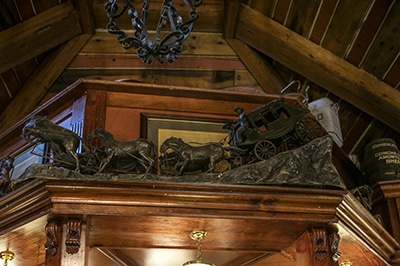
1962 ~ The Coachman's Inn
Thomas O’Dwyer was an able publican who was well liked by the local populace. But in 1962 Cloghran Enterprises made him an offer of £15,500 for this premises. This figure was then considered a very substantial price for a pub, and one that Thomas O’Dwyer simply could not refuse. The new owners immediately undertook a renovation of this house and renamed it The Coachman’s Inn, thus reviving its original theme, identity and purpose dating back to 1776.
Madigan Pub Group Buy The Coachman's Inn
Some 12 years later in 1974 The Coachman’s Inn entered the ownership of one of Dublin’s most successful pub dynasties when the Madigan Pub Group acquired it. They created a very niche steakhouse business upstairs in the old inn offering high quality produce, service and professionalism. All this time, the volume of traffic increased both in numbers and intensity across the way at Dublin Airport providing an endless economic spinoff to the old coaching inn.
Toby Restaurants
Recognising the economic tsunami that was about to hit modern Ireland, leading British pub group, Toby Restaurants, a subsidiary of Bass Plc, bought The Coachman’s Inn in December 1988. Toby Restaurants had very ambitious plans for this venerable old coaching inn but somehow the British licensed trade model of this era did not quite fit the Irish pub scene.
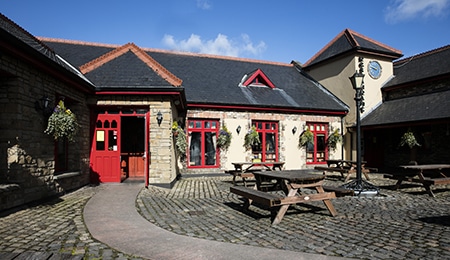
The Coachman's Inn Today
In the early 1990’s Kerry-born publican Hugh Curran acquired this oasis of liquid culture and, under the auspices of leading architect Frank Ennis, recreated a vibrant pub/restaurant entity totally in the traditional idiom. In many respects that new Coachman’s Inn creation, though contemporary, fresh and professional in ethos and outlook, leaned heavily on the heritage, history and traditionalism of the premises that accommodated overnight wayfarers and merchants of commerce way back in 1776. In the intervening years, just as in generations past, The Coachman’s Inn has pioneered the way forward in dispensing renowned Irish hospitality, quality food and drink.
Restaurant Specials
Restaurant Hours ~ Monday to Friday 5 – 9.30pm | Saturday 4 – 10pm | Sunday 12 – 9pm
Wednesday 11th March
Medallions Of Beef … €21.95

